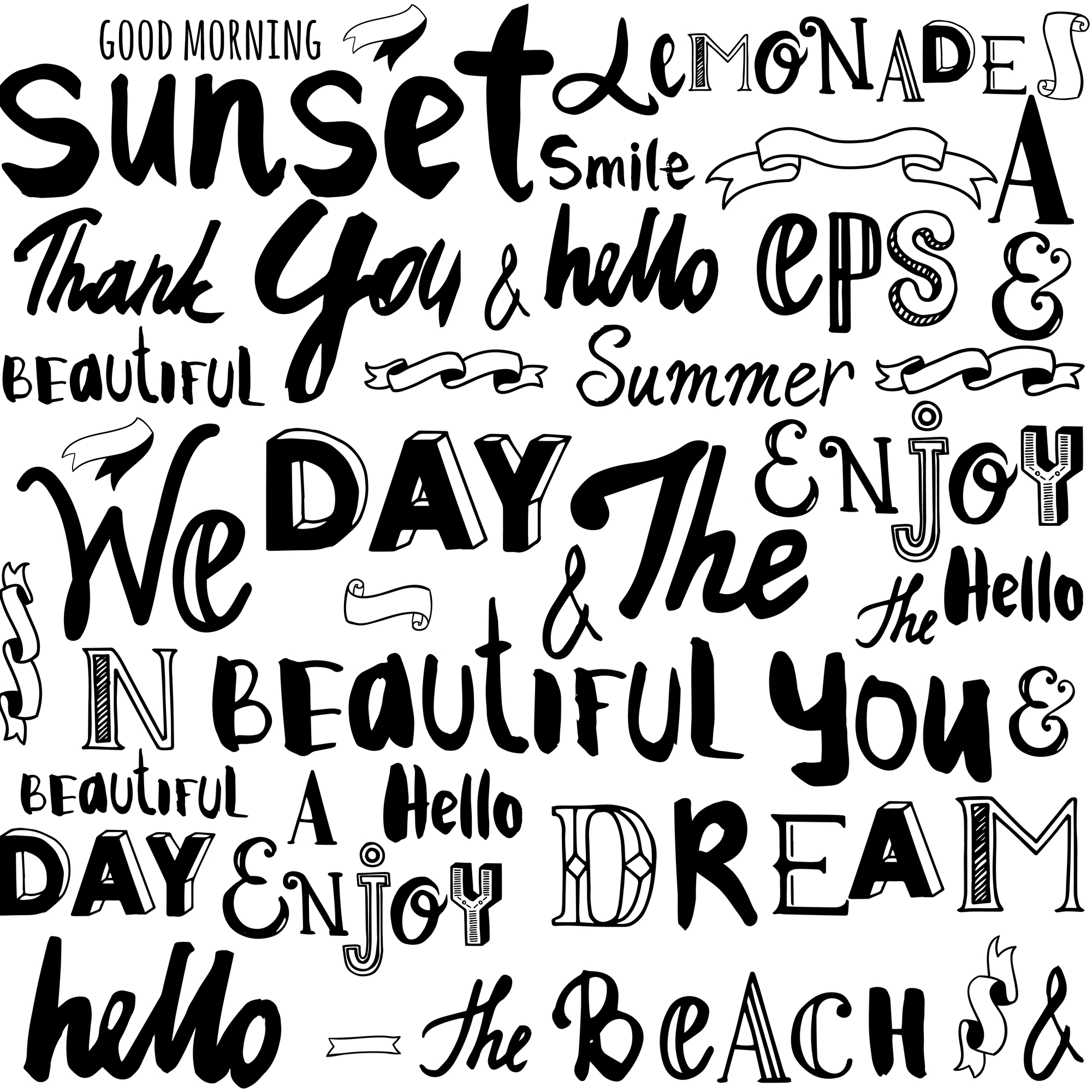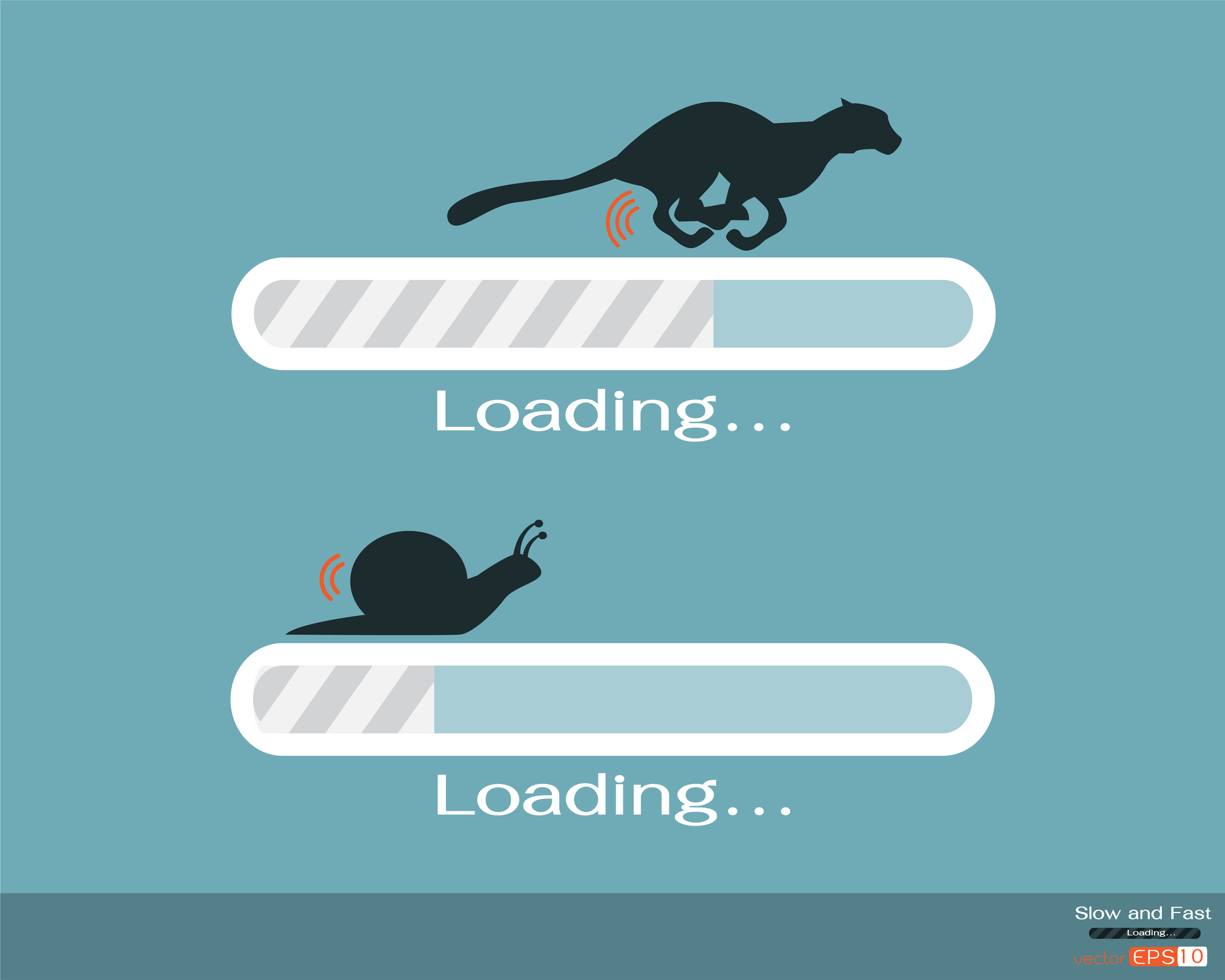Web design is changing in a number of ways, and it goes far beyond the generation of device most of your customers are using. The changes in website design are driven as much by technology as customer expectations. How will web design change in 2018? And how does your business website need to adapt to keep up?
Flat Design
Flat design is another name for a lean and mean website. It is a minimalist site focused on providing all the information people need and nothing else barring strategic, value added images on each page. The pages are focused on bright colours, simple images, standardized and fast loading fonts and just enough content to meet the customers’ needs. These sites load within a few seconds, boosting their ranking with Google favours fast loading sites to keep mobile browsers happy.
Flat webpage designs do not exclude video content. However, it shows the embedded video as a link to video sites ready to play if the user chooses. These pages may show a single image but make it clear there is a carousel of images you can load if you click on the button to see them. Or simple line images that look stylistic replace stock images and use less memory to boot. Sometimes the animation to get the visitor’s attention is in the logo and only triggered by someone scrolling down to the section of the page it is located on. In all cases, bandwidth consumption is minimised though interactive content is available.


More Expressive Text
The need to make sites lean and mean means that rich interactive content is replaced by expressive text. A new tactic is altering the spacing and weight of letters or mixing up fonts to convey ideas that otherwise would have been communicated via images or video. You should not try this when you’re creating content where readability is essential, but it works for titles and teasers to get people to read it in the first place. And be careful not to make people have to expend more effort to find the information they need.
The Evolution of Extensions
It would be surprising if you didn’t know what jpg or gif images were. However, the hot trend in website design today is SVG. SVG files or scalable vector graphics are now the best format for graphical elements. These images are defined by XML text files, so they can be searched, scripted, compressed and indexed. They are designed to scale based on the screen size of the user, be compatible with content delivery networks and work with every browser. The file format also includes national and local commands so that you can show the image in the language of the area where the viewer is located.
Conclusion
We can expect web design to change in a number of ways in 2018. Minimalist websites should become more and more popular and we should see a general trend towards enhancing user experience over everything. Either way, it’s absolutely essential that you keep on top of these trends and consider a makeover if you feel your site is lacking in a particular area.

